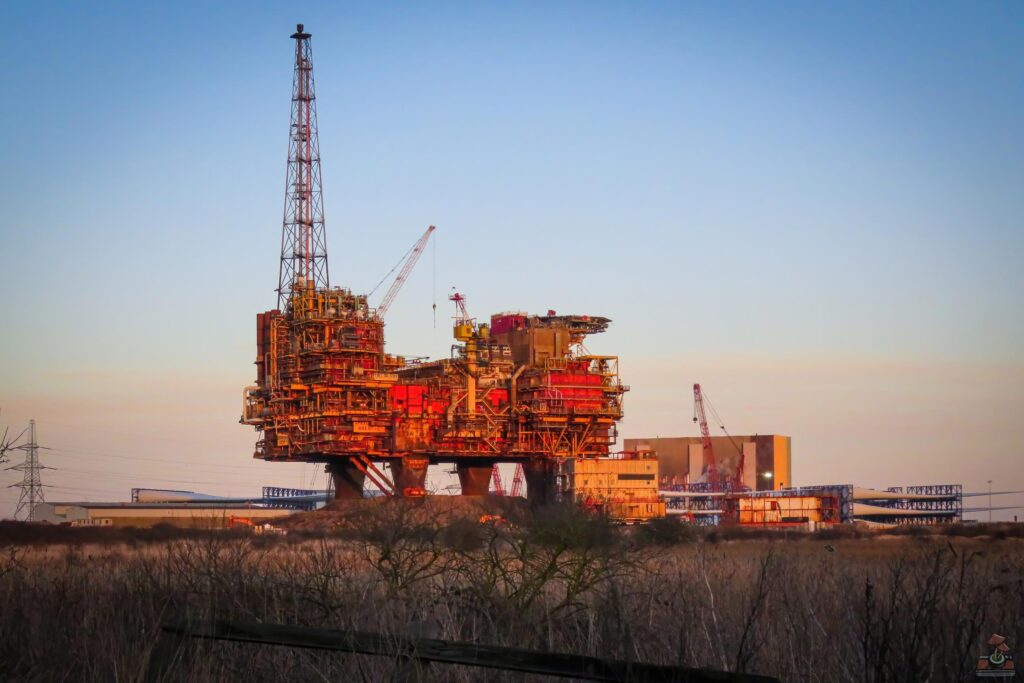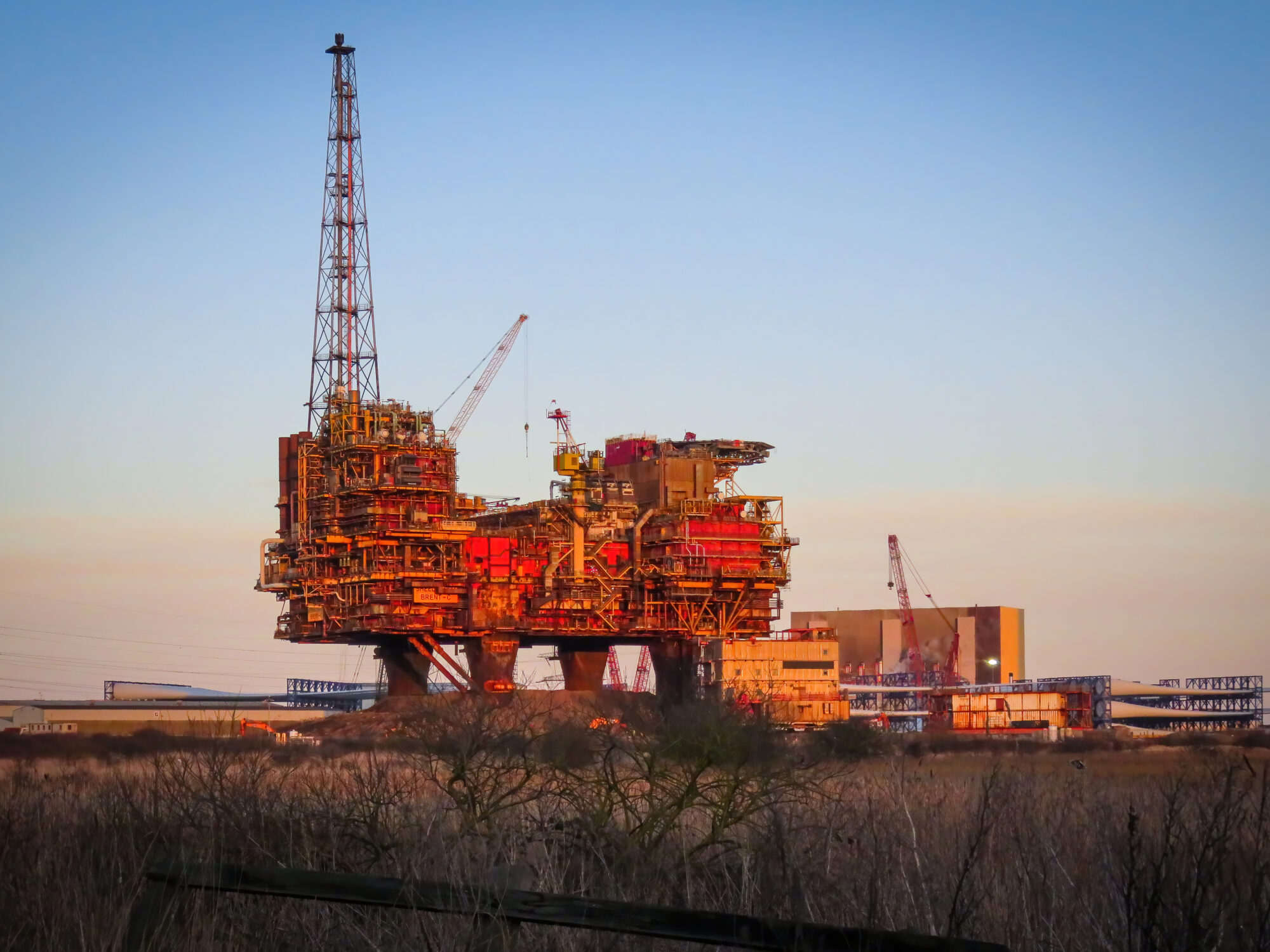History
The Brent Charlie oil rig was part of the Brent oil field, located in the North Sea, northeast of the Shetland Islands. The Brent oil field was discovered in 1971 by Shell UK Exploration and Production and ExxonMobil. Named after the geological formation it tapped into, the Brent field is one of the largest and most productive oil fields in the UK sector of the North Sea. In 1976, Brent Charlie, one of the four platforms in the Brent field (alongside Brent Alpha, Bravo, and Delta), began production.
The Brent Charlie platform was designed for drilling, production, and accommodation. It has produced both oil and gas. During its peak years, the Brent field was a significant contributor to the UK’s oil and gas supply, with Brent Charlie playing a crucial role in its output. However, as production levels began to decline, Shell initiated the decommissioning process for the Brent field platforms in the 2010s.
In 2019, Brent Charlie ceased production. The decommissioning process involves plugging and abandoning wells, removing platform topsides, and subsea infrastructure. The decommissioning of Brent Charlie marks a significant moment in the history of North Sea oil, reflecting the broader industry shift towards renewable energy sources and the challenge of managing aging offshore infrastructure.
The Brent field, including the Brent Charlie platform, has been instrumental in establishing the UK as a major player in the global oil market. The history of the Brent Charlie oil rig reflects the broader trends and challenges of the offshore oil industry, from the heights of discovery and production to the complexities of decommissioning.




